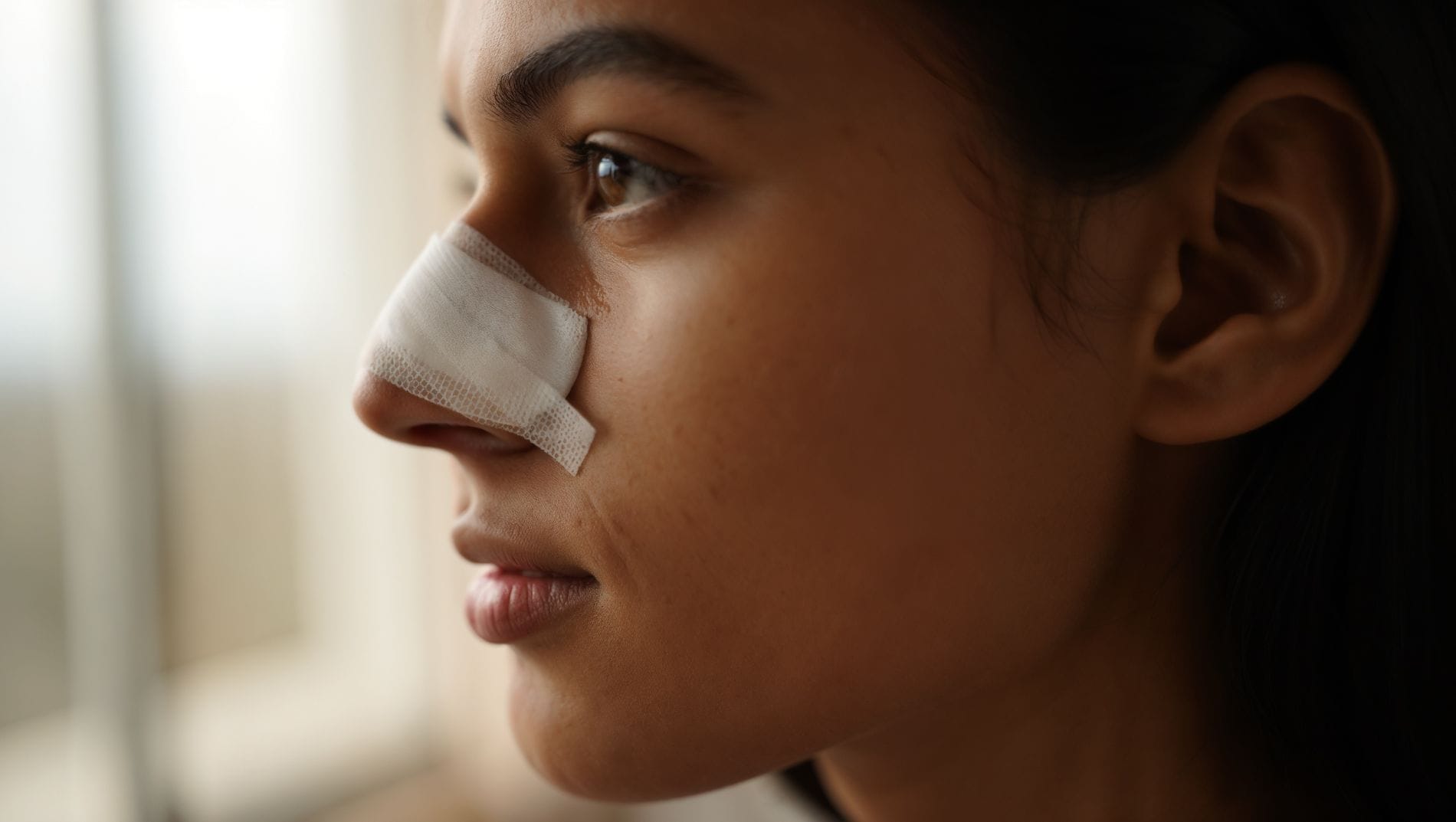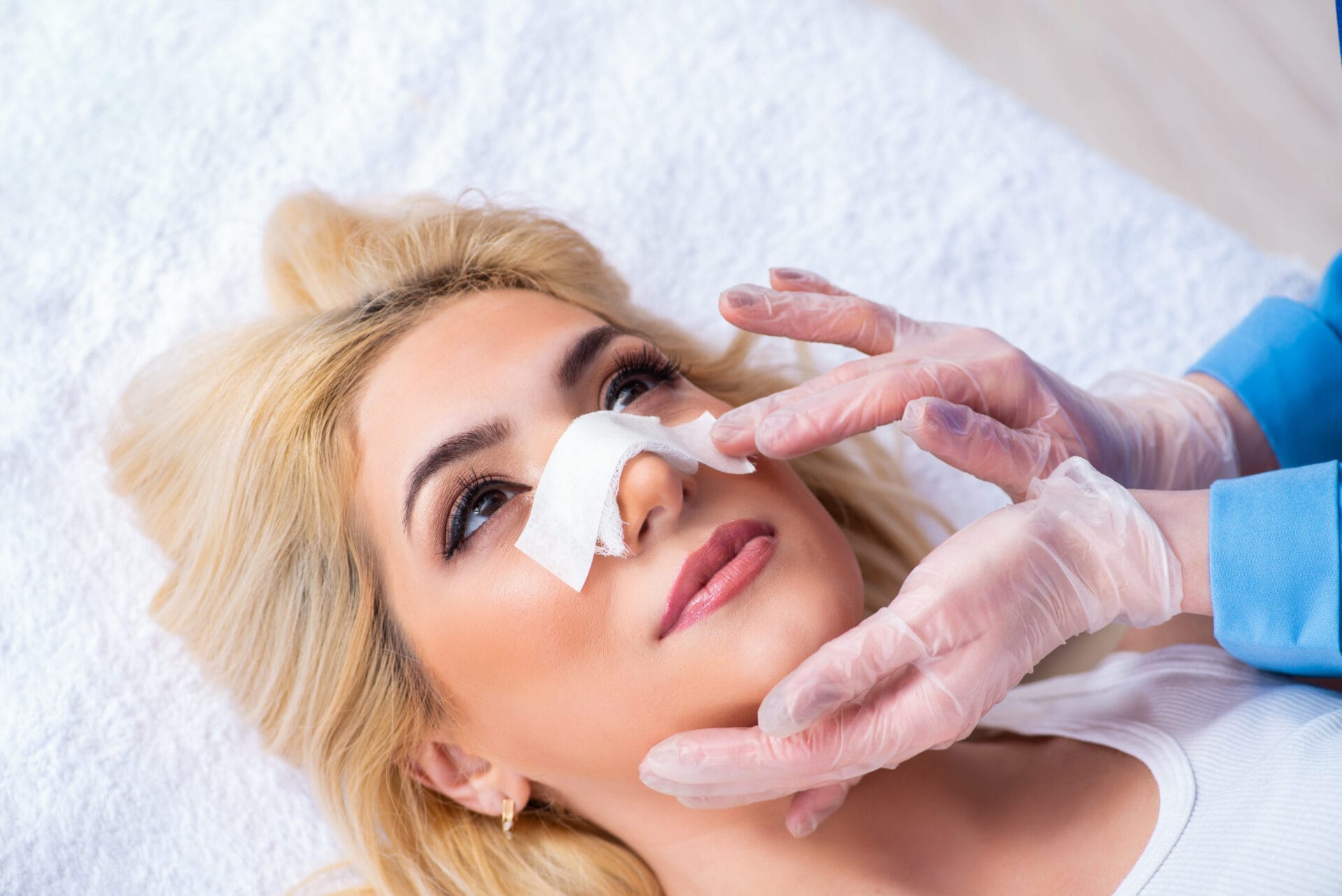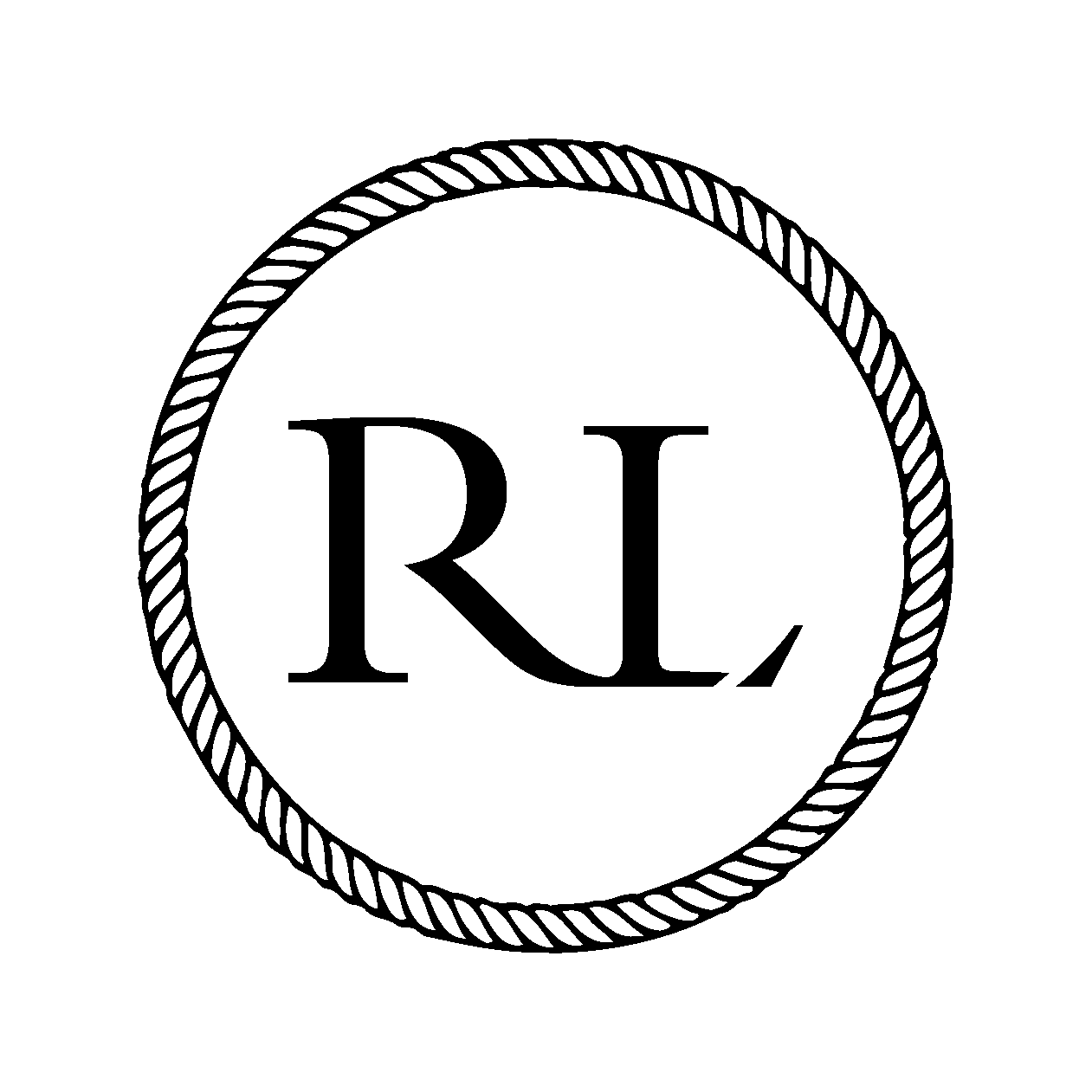Possible risks and side effects of rhinoplasty
Rhinoplasty, commonly referred to as a “nose job”, is one of the most popular cosmetic surgeries worldwide. Whether undertaken for aesthetic reasons or to correct structural issues that impair breathing, rhinoplasty can significantly enhance both appearance and function.
However, like all surgical procedures, rhinoplasty comes with a set of potential risks and side effects that patients should carefully consider. This article will guide you through everything you should expect after undergoing a rhinoplasty.
Temporary side effects
Most patients experience a range of short-term side effects following rhinoplasty, which typically resolve within a few weeks. These symptoms are a normal part of the healing process and should not be mistaken for complications.
Swelling and bruising
Swelling around the nose and eyes is perhaps the most common post-operative symptom. Bruising under the eyes may also occur, particularly in cases where the nasal bones are reshaped. Most swelling subsides within two weeks, but minor residual swelling, especially at the tip of the nose, can take several months to completely resolve.
Discomfort and nasal congestion
Mild to moderate pain or discomfort is expected, typically manageable with prescribed pain medications. Nasal congestion is also common due to internal swelling and the presence of splints or packing materials inside the nose. Breathing through the nose may be difficult initially, but this usually improves once the internal swelling goes down and the splints are removed.
Bleeding and drainage
Light bleeding or blood-tinged drainage from the nose is often seen in the first few days after surgery. This is typically controlled with gauze dressings, and any significant or persistent bleeding should be reported to your surgeon.
Scarring
In closed rhinoplasty, incisions are made inside the nostrils, leaving no visible scars. Open rhinoplasty involves a small incision across the columella (the tissue between the nostrils), which may result in a faint, often barely noticeable scar. In most cases these scars heal well with proper care and time.

Functional risks
Rhinoplasty is not just about appearance, it directly affects the structure of the nose, which can influence nasal airflow and sensation.
Breathing difficulties
Though rhinoplasty can improve breathing, in cases involving a deviated septum or other structural blockages, it can also lead to new breathing issues if the nasal passages become too narrow or internal support structures are weakened. Ensuring the procedure is performed by a qualified, experienced surgeon significantly reduces this risk.
Reduced sense of smell
Some patients report a temporary decrease in their sense of smell post-surgery. This is often due to swelling and typically returns to normal as healing progresses. Long term changes to the sense of smell are rare but have been documented in a small number of cases.
Numbness or altered sensation
Temporary numbness in and around the nose is common, particularly in the nasal tip and upper lip. This usually improves over time as nerve endings regenerate. Persistent numbness is less common but may occur, especially if nerves are damaged during surgery.

Aesthetic risks
Even with meticulous surgical planning, the final aesthetic outcome of rhinoplasty can sometimes differ from a patient’s expectations.
Asymmetry or irregular contours
While complete facial symmetry is a myth, noticeable imbalances or irregularities in nasal shape can occasionally result from surgery. These may include bumps, indentations, or a twisted nasal tip. In some instances, minor revisions may be required to correct these imperfections.
Overcorrection or under correction
Achieving the perfect balance between subtle enhancement and natural appearance is a fine line. Sometimes, too much cartilage or bone may be removed, resulting in a nose that appears pinched or overly refined. Conversely, under correction can leave some concerns unaddressed. These issues may require a secondary procedure, known as revision rhinoplasty.
Scar tissue formation
Excessive internal scar tissue can alter the shape of the nose or affect the breathing. This is more likely in individuals with a predisposition to keloid or hypertrophic scarring. In such cases, corticosteroid injections or additional surgical intervention may be necessary.

Rare but serious complications
Though rare, rhinoplasty carries some serious complications that warrant attention, particularly when surgery is performed under general anaesthesia or by an inexperienced practitioner.
Infection
Infections are uncommon due to the sterile surgical environment and post operative antibiotics. However, when they do occur, they can be serious and require prompt medical treatment. Signs of infection include increased redness, swelling, pain and fever.
Septal perforation
A perforation or hole in the nasal septum can occur if the tissue between the nostrils is damaged during surgery. This can lead to chronic nosebleeds, crusting, and whistling sounds when breathing. Repairing a septal perforation often requires additional surgery and can be challenging to treat.
Skin discolouration or breakdown
In rare instances, the skin covering the nose may not heal properly, leading to discolouration, prolonged redness, or even skin necrosis (tissue death), especially if blood is compromised. Smoking, certain medications, or underlying health conditions can increase the likelihood of this complication.
Anaesthesia risks
While generally safe, general anaesthesia carries its own set of risks, including allergic reactions, respiratory issues, or cardiac events. A thorough pre-operative evaluation helps identify patients at greater risk to make sure appropriate precautions are taken.
Psychological and emotional considerations
Beyond the physical risks, rhinoplasty can also have psychological and emotional impacts. Patients may struggle with adjusting to their new appearance, particularly if the change is dramatic. It is not uncommon to experience temporary regret or anxiety in the initial healing phase when swelling and bruising obscure the results.
Expectations must be managed carefully. Ideal candidates for rhinoplasty are those with realistic goals and a stable emotional outlook. A comprehensive consultation, including digital simulations and in-depth discussions with the surgeon, can help with alignment between the patient’s vision and what is surgically feasible.
Minimising risk through preparation and aftercare
While no surgery is completely risk-free, many of the complications associated with rhinoplasty can be minimised through thoughtful preparation, surgeon selection, and diligent aftercare. Choosing a certified plastic surgeon with extensive experience in rhinoplasty is paramount. Patients should follow all preoperative instructions, disclose their full medical history, and adhere strictly to postoperative care guidelines to support optimal healing.
If you are seeking expert care, Mr. Raj Lakhani at Rhinoplasty LDN is a leading specialist in London. With advanced specialised training and a strong background in evidence-based care, Mr. Lakhani is dedicated to delivering exceptional results. To book a consultation, visit the Rhinoplasty LDN contact page and take the first step toward expert care.
